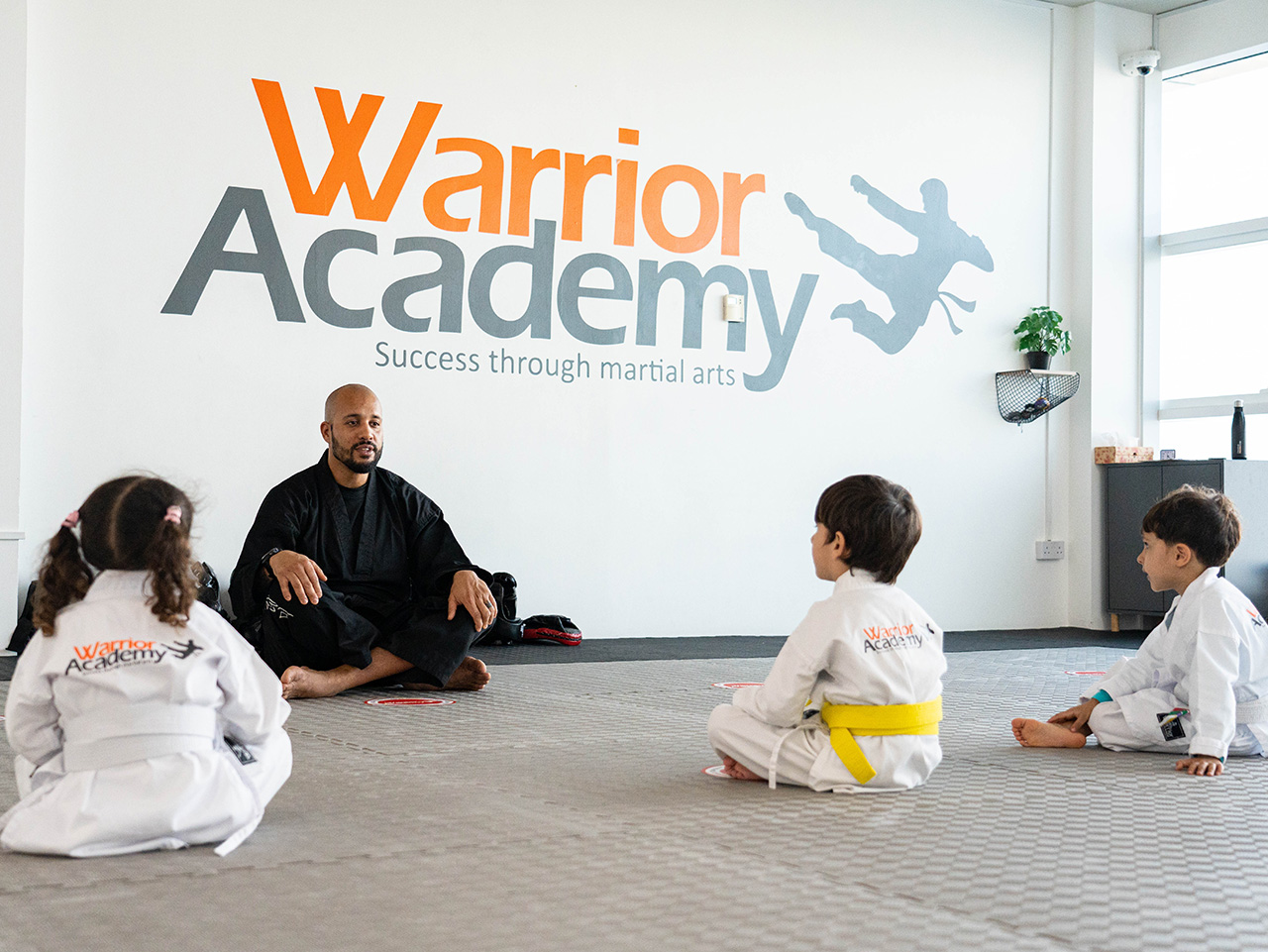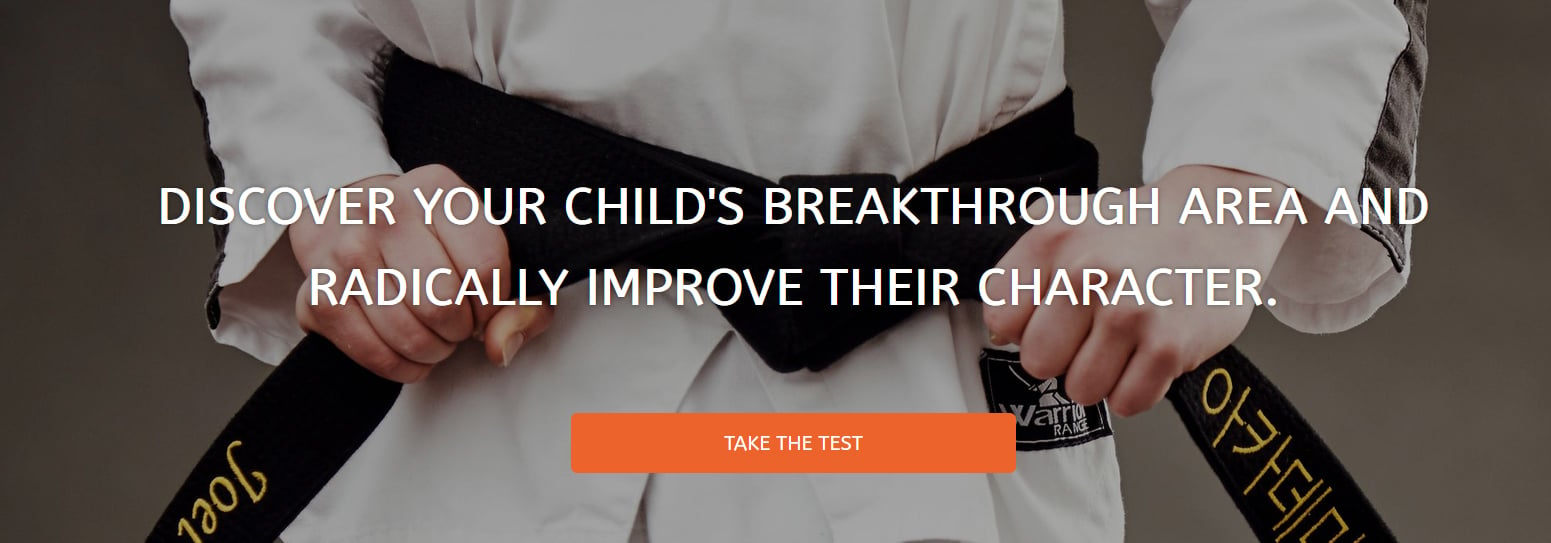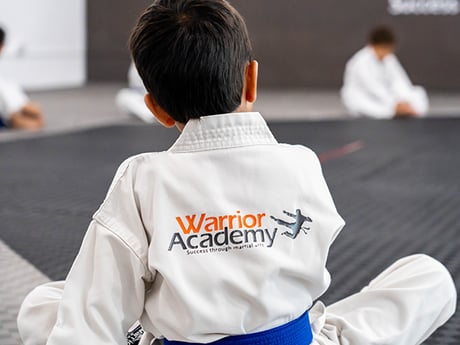 Sports are a great way for children to develop social and physical skills. However, like many aspects of life, they can also be stressful, which can negatively impact a child's athletic performance. Mindfulness can help children manage stress and perform at their best on the playing field. This article explores how mindfulness can be applied in sports to improve athletic performance for children.
Sports are a great way for children to develop social and physical skills. However, like many aspects of life, they can also be stressful, which can negatively impact a child's athletic performance. Mindfulness can help children manage stress and perform at their best on the playing field. This article explores how mindfulness can be applied in sports to improve athletic performance for children.
What is Mindfulness?
Mindfulness is the practice of being present and fully engaged in the current moment, without judgment or distraction. It involves paying attention to physical sensations, thoughts, and emotions in a non-judgmental way. Mindfulness has been shown to reduce stress and improve overall well-being in people of all ages.
Benefits of Mindfulness in Sports
Applying mindfulness in sports can lead to a number of benefits for children, including improved performance, increased focus, better decision-making, and enhanced emotional regulation. Here are some ways that mindfulness can improve athletic performance for children:
Improves focus
One of the key benefits of mindfulness is that it improves focus. When children are fully present and focused on the task at hand, they are more likely to perform well. By practicing mindfulness, children learn to tune out distractions and stay present in the moment, which can help them perform better on the playing field.Reduces stress
 Sports can be stressful for children, especially when they feel pressure to perform well. Stress can negatively impact athletic performance by causing children to lose focus, make mistakes, and become anxious. Mindfulness can help reduce stress by promoting relaxation and helping children to stay calm and focused under pressure.
Sports can be stressful for children, especially when they feel pressure to perform well. Stress can negatively impact athletic performance by causing children to lose focus, make mistakes, and become anxious. Mindfulness can help reduce stress by promoting relaxation and helping children to stay calm and focused under pressure.Enhances decision-making
Mindfulness can also improve decision-making on the playing field. By practicing mindfulness, children learn to observe their thoughts and emotions without judgment, which can help them make more rational and less impulsive decisions. This can be particularly useful in team sports where quick decisions need to be made under pressure.Improves emotional regulation
Finally, mindfulness can help children regulate their emotions, which can be particularly important in sports. By being present and fully engaged in the moment, children can learn to manage their emotions and remain calm and composed, even in high-pressure situations.
Practical Ways to Apply Mindfulness in Sports
There are many ways to apply mindfulness in sports. Here are a few practical tips for coaches, parents, and children to get started:
Breathing exercises
Breathing exercises are a crucial aspect of mindfulness in sports. When an athlete is competing, they may experience anxiety or stress, which can interfere with their performance. Practicing breathing exercises can help an athlete stay calm and focused, allowing them to perform at their best.
Breathing exercises are simple and can be done anywhere, making them a convenient tool for athletes to incorporate into their training. The following are some examples of breathing exercises that athletes can use to improve their performance:
- Diaphragmatic breathing: Also known as belly breathing, this technique involves breathing deeply into the belly rather than the chest. To perform diaphragmatic breathing, an athlete can lie down on their back, place one hand on their belly and the other on their chest. They should inhale deeply through the nose, feeling their belly rise and their chest stay relatively still. Then, they should exhale slowly through the mouth, feeling their belly fall. This technique can be repeated for a few minutes until the athlete feels relaxed and centered.
- Box breathing: Box breathing involves inhaling for a set count, holding the breath for the same count, exhaling for the same count, and then holding the breath out for the same count. For example, an athlete can inhale for four counts, hold the breath for four counts, exhale for four counts, and then hold the breath out for four counts. This technique can be repeated for several rounds until the athlete feels calm and focused.
- 4-7-8 breathing: This technique involves inhaling for four counts, holding the breath for seven counts, and exhaling for eight counts. This technique can be repeated for several rounds until the athlete feels relaxed and centered.
Incorporating breathing exercises into an athlete's routine can have numerous benefits for their performance. By practicing breathing exercises regularly, an athlete can learn to regulate their breathing, reducing feelings of stress and anxiety. This can help them stay calm and focused during competition, enabling them to perform at their best.
Moreover, breathing exercises can help an athlete develop greater body awareness, which is essential for performing certain movements accurately. For example, athletes who practice diaphragmatic breathing may become more aware of their core muscles, which can help them improve their balance and stability.
Mindful visualization
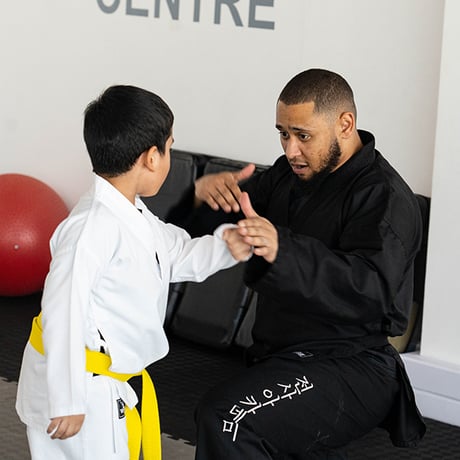 Mindful visualization is a powerful technique that can help children develop a positive mindset and improve their overall well-being. The practice involves imagining positive scenarios or outcomes, and using all of the senses to create a vivid and detailed mental image. By doing this, children can learn to focus their minds, reduce stress and anxiety, and increase their confidence.
Mindful visualization is a powerful technique that can help children develop a positive mindset and improve their overall well-being. The practice involves imagining positive scenarios or outcomes, and using all of the senses to create a vivid and detailed mental image. By doing this, children can learn to focus their minds, reduce stress and anxiety, and increase their confidence.
To start, children can find a quiet and comfortable place where they won't be disturbed. They can sit or lie down, and take a few deep breaths to help relax their body and mind. Then, they can close their eyes and begin to imagine a positive scene, such as being on a beach or in a forest. They can use their senses to make the scene feel as real as possible, such as feeling the warmth of the sun on their skin, hearing the sound of the waves crashing, or smelling the scent of the trees.
As they continue to visualize the scene, children can focus on positive thoughts and emotions, such as gratitude, happiness, or peacefulness. They can also use the visualization to set goals or imagine positive outcomes for challenging situations. For example, they could visualize themselves performing well in a sports game or successfully completing a difficult test.
One of the benefits of mindful visualization is that it can help children develop a positive mindset and increase their self-confidence. By visualizing positive outcomes, children can become more optimistic and motivated to achieve their goals. Additionally, the practice can help reduce stress and anxiety, as it encourages children to focus on positive thoughts and feelings rather than negative ones.
Mindful movement
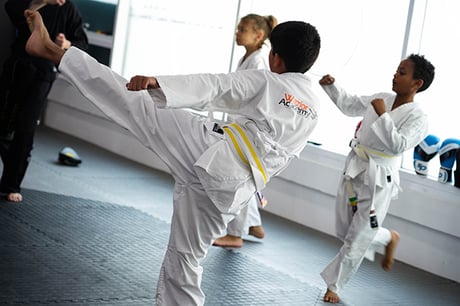 Mindful movement refers to physical activities that are done with focused attention and awareness. When done mindfully, movement can become a form of meditation, allowing the body and mind to work together in harmony. Taekwondo is one such activity that can be practiced mindfully.
Mindful movement refers to physical activities that are done with focused attention and awareness. When done mindfully, movement can become a form of meditation, allowing the body and mind to work together in harmony. Taekwondo is one such activity that can be practiced mindfully.
In Taekwondo, each movement is deliberate and intentional, with each technique having a specific purpose. Practitioners are taught to focus on their breath, body alignment, and movements to improve their overall performance. By practicing Taekwondo mindfully, children can improve their physical fitness, mental clarity, and emotional well-being.
One of the key aspects of Taekwondo is the emphasis on mindfulness in every movement. In order to execute a technique correctly, a practitioner must be fully present in the moment, aware of their body and surroundings. This requires a deep sense of focus and concentration, which can help to increase mindfulness.
Through Taekwondo, children can also learn to connect their physical and mental states. The physical movements involved in Taekwondo can help children release physical tension and stress, while the mental focus can help to reduce anxiety and promote relaxation. This combination of physical and mental practices can help children achieve a sense of balance and harmony, leading to improved overall well-being.
Mindful listening
Mindful listening is an essential skill that can help children improve their character and become better individuals. Listening mindfully means paying attention to the speaker with an open mind and without judgment. It requires focusing on the present moment and being fully present for the speaker.
In Taekwondo, mindful listening is emphasized as it is considered a critical part of learning and growing as a martial artist. Practicing mindful listening helps students develop patience, discipline, and respect for others. These skills are essential not only in martial arts but also in daily life.
To improve mindful listening, children can start by eliminating distractions and focusing on the speaker. They can try to observe the speaker's body language, tone of voice, and facial expressions. They can also practice active listening by summarizing what the speaker has said to ensure that they have understood correctly.
Mindful listening can help children improve their character in several ways. First, it can help them become more empathetic and compassionate towards others. When they listen mindfully, they can understand the speaker's perspective and feelings, which can help them develop a sense of empathy. Second, mindful listening can help children become more patient and disciplined. By practicing patience and discipline, children can learn to control their emotions and be more understanding of others.
In Taekwondo, mindful listening is crucial for building strong relationships with instructors and other students. It is a critical part of the learning process, and it helps students develop the respect and discipline needed to become a successful martial artist. By improving their mindful listening skills, children can become more focused, respectful, and empathetic individuals both on and off the mat.
Conclusion
In conclusion, mindfulness can be a powerful tool for improving athletic performance and rapid character development for children. By improving focus, reducing stress, enhancing decision-making, and improving emotional regulation, mindfulness can help children perform at their best on the playing field.
To learn more about what area your child needs the most support, take our Breakthrough Area Assessment by clicking the link below.

